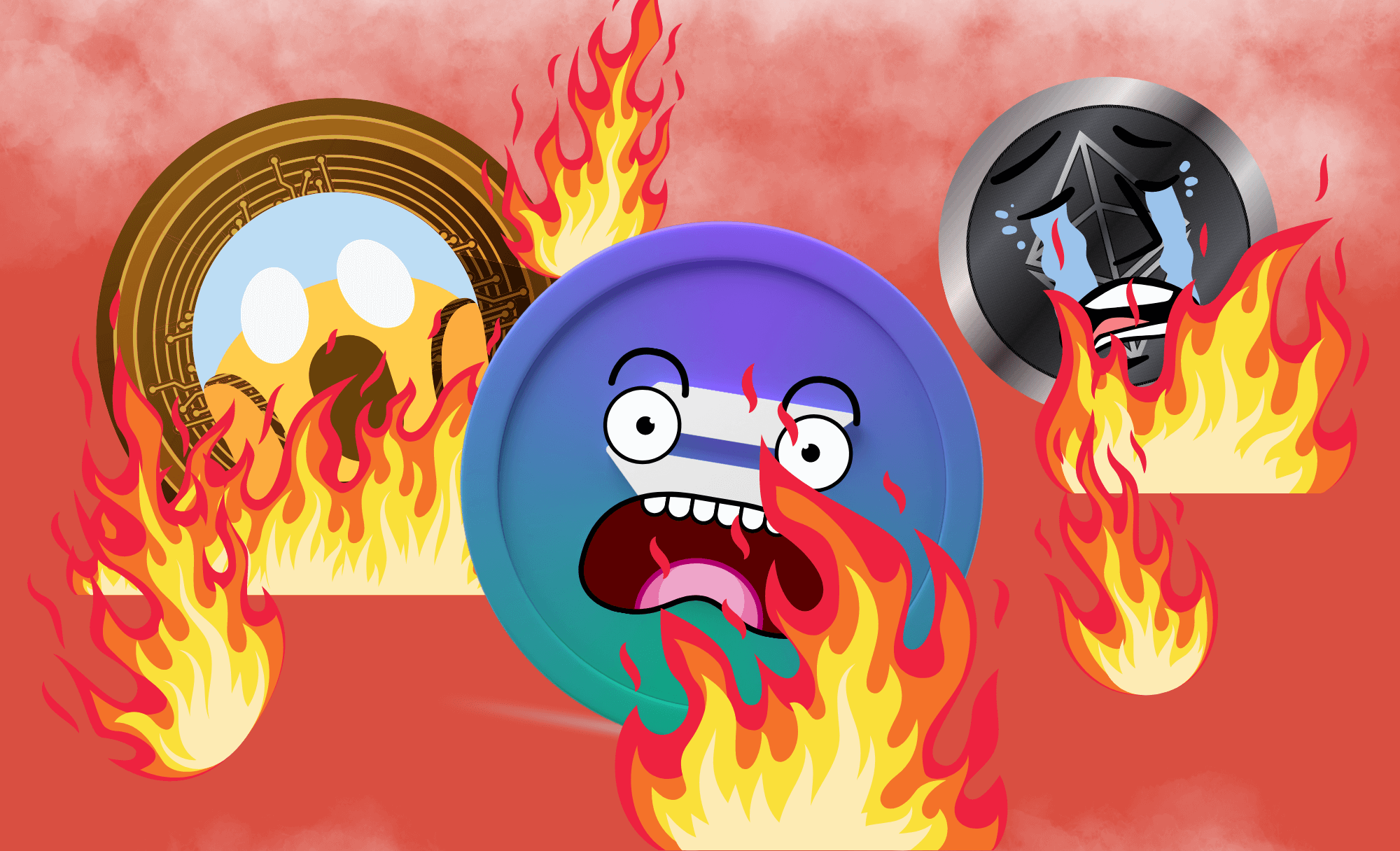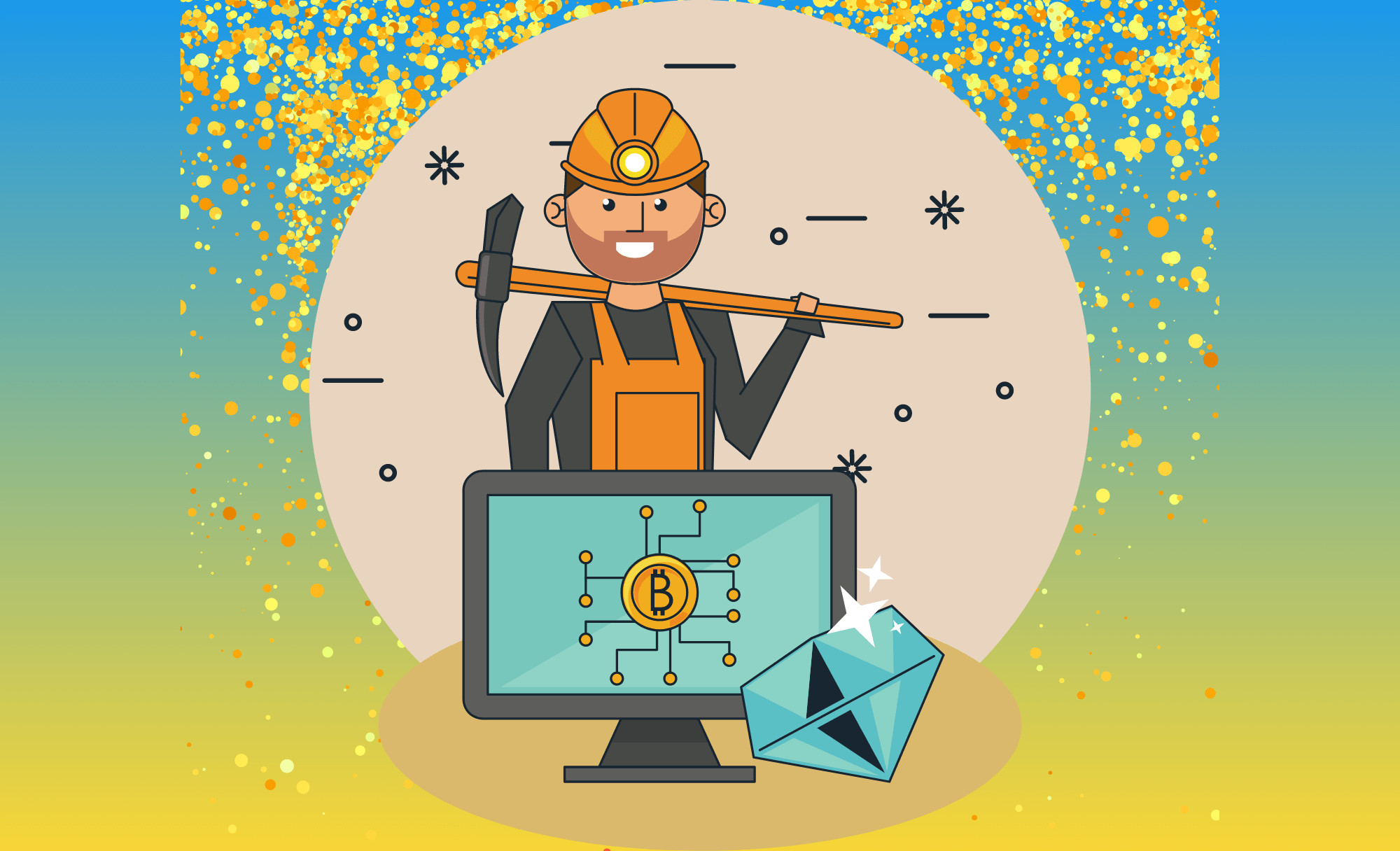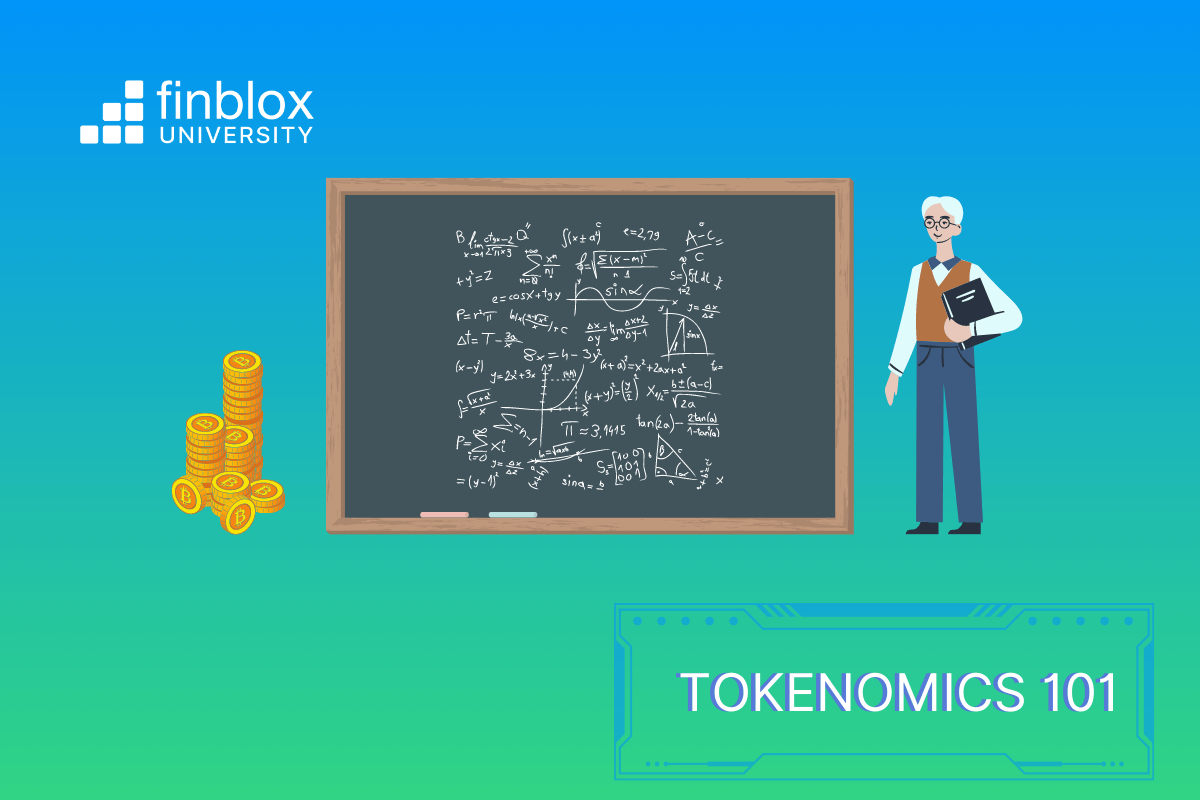Learn all about the elusive topic of tokenomics - including token supply, issuance, minting, burning, and distribution!
What is tokenomics? Tokenomics is the confusing science of understanding how the different forces of supply and demand interact and affect the token economy. Like fiat money, tokens are prone to fluctuations in value and scarcity due to how they are originally distributed, issued, and earned - among many other factors. Let's start with a few basic concepts:
- The circulating supply is the number of tokens that are currently released for trading in the market. A high circulating supply compared to the total supply means that the token is mostly in the hands of investors, and relatively abundant/liquid. A low circulating supply might be cause for worry, because it could indicate the presence of large holders whose moves could drastically affect the market. We call these extremely large holders whales because they can own millions to billions of dollars in that token!
- However, a low circulating supply is not always a sign of whales or a bad thing. It can also be a sign of small investor confidence that they are holding onto that token. Perhaps most of it is staked, and the total value locked (TVL) is really high. If you recall, staking is when users offer up their coins to be used by the network in exchange for yields. In any case, a low circulating supply means scarcity - which means higher token prices.
- The total supply is the number of tokens that exist at that point in time, both circulating and non-circulating. Some tokens might not be circulating because they were set aside by the team to be issued on a certain schedule - we'll talk about this later. Total supply is generally used as a benchmark against circulating supply to tell investors about liquidity, scarcity, and price direction.
- Total supply vs. max supply is a measure of how many more tokens that can be issued or mined. If this difference is extremely small or zero, that means the value of the token will only continue to get higher and higher as the circulating supply approaches max supply due to scarcity.
- The max supply is the total number of tokens that can ever exist, and it can never be exceeded.
This is alot to digest, but remember that none of these measures mean anything on their own without a comparison!
What does it mean for tokens to be “issued?”
We briefly touched upon why circulating supply might not equal total supply - this is because some tokens were held in reserve and not released into the market. Reserve tokens may be privately held by the project team, or they may have been set aside with the intention to slowly issue them into the circulating supply over time as a method of controlling inflation/deflation.
This is similar to fiscal monetary policy, where governments decide if they want to print more money (which allows them to theoretically purchase more while driving the value of the currency down) or raise bank borrowing rates so that less money is entering circulation (making it more scarce, and therefore more valuable).
Here's where it gets a little confusing. Currently, token minting (creating a new coin from nothing) and mining are the only ways to add new tokens to the total supply. Issuing a token is not the same as minting or mining - although minted and mined coins can be issued.
Ultimately, the only thing you need to know is that issuing tokens into the circulating supply is an inflationary tactic that will always drive the price down because it reduces scarcity.

What is token “burning?”
Token burning is the exact opposite of token minting - you're destroying tokens permanently, which increases scarcity and the value of the remaining tokens. While token burning does technically remove that token from circulation, it's not the same as only removing a token from circulation and placing it in reserve.
Keep in mind that when that token was minted, it counted towards the max supply. When you burn it, it still counts towards the max supply - which is why token burning is a deflationary tactic.
How do minting, issuing, and burning work together?
Newer crypto projects do not want circulating supply to reach max supply too quickly. This would mean that there are no tokens left in the team reserve after ICO to offer to institutional investors - which would make it difficult for the project to raise any more cash.
At the same time, they want the value of their token to stay at a predictable level or better so that their reserve is not worthless. So, the team must carefully monitor and manage the rate that new tokens are being issued compared to the number of investors that are buying (which keeps the price up).
If there are a steady number of investors purchasing the circulating supply, the price will go up - which gives the team breathing room to slowly issue the remainder of their tokens that were held into reserve into the circulating supply. This is an inflationary tactic that would make the price go down. Overall, the price action evens out.
If the team decided to issue these reserve tokens without adequate numbers of investors buying the circulating supply, the value of their token would plummet.
In late-stage projects, the token will reach max supply and lose momentum. The only way to increase the value of the token at this point is to increase scarcity by burning tokens. This is a deflationary tactic.
We left minting for last because it is usually a one-time event that generates all of the tokens used in the ICO. Mining tokens does trigger a "minting" process, but the purpose of mining is to generate a reward rather than to create a token from nothing. In some cases like Ether, which does not have a max supply - tokens are minted on a set schedule.
This sounds detrimental to increasing token value because it is a constant inflationary tactic - but this is countered as long as the demand for Ether outgrows the increasing supply rate, which is still limited by its schedule.

What is the effect of token mining and rewards?
Investors and participants in the project's network can earn more tokens as rewards for mining and staking. Mining and staking essentially perform the same function - which is to execute and record a transaction, regardless of the consensus mechanism used.
Mining and staking rewards only slightly affect the circulating supply because the project team has deliberately set part of the reserve aside to be allocated as rewards. A good whitepaper should always indicate the allocation for all of their tokens, which leads to the next subject...
How should tokens be distributed?
There are an infinite number of ways that tokens can be distributed leading up to the initial coin offering (ICO). Here are some of the most common parties participating:
- Seed round/early investors
- Private rounds
- Team & advisors
- Reserve/ecosystem/rewards pool
- Public sale (ICO)
It can be difficult to extract usable information from a simple pie chart - and some of the token distributions are displayed in a way that lump categorical information into even larger categories that are more obscure. You might also see distributions that lump an overwhelming number of detailed categories into the chart. If you're unsure - walk away! Because there is no standard answer for how tokens should be distributed, ask yourself these questions:
- Is the project giving away too many tokens to seed & private investors?
- Does the team hold a suspiciously large portion of tokens?
- How many tokens are left in the ecosystem for the community to benefit from?
- How large is the reserve, and what is the issuance schedule?
- Is the token inflationary or deflationary?
- What is the consensus mechanism that the blockchain is using?
Ultimately, the point of asking these questions is to A) determine if there is the potential for a rug pull, B) determine if there is a large controlling interest by any one party, and C) if the token will grow in value due to sensible monetary policy.
The Takeaway:
Tokenomics is incredibly difficult to understand. Even seasoned project founders cannot fully predict what will happen after tokens have been distributed and issued into the circulating supply. But the most practical part for you to understand is the dynamics of supply and demand - and why projects mint, issue, and burn tokens to control inflation.
Thanks for reading! Please subscribe if you haven't already, and stay tuned for our next article on one of the greatest breakthroughs in linking crypto with the fiat world - stablecoins!
This content is provided for informational purposes only, and should not be relied upon as legal, business, investment, or tax advice. You should consult your own advisers as to those matters. Charts, graphs and references to any digital assets are for informational and illustrative purposes only.


